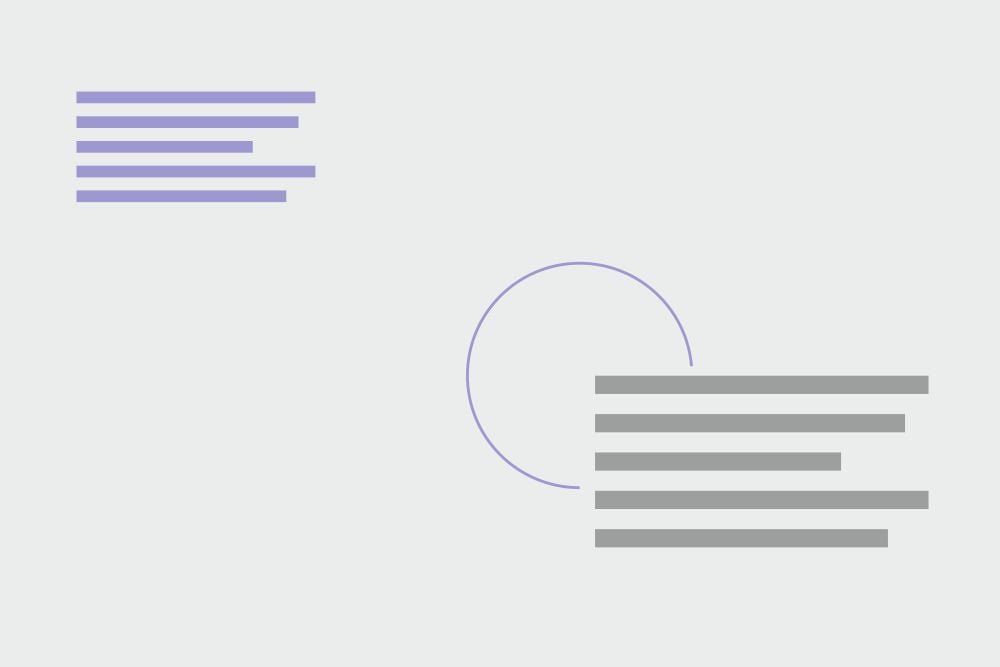Imagine yourself lost in a rainforest, vines snagging at your clothes, leaves obscuring your path. Information overload, anyone? That’s what a website devoid of whitespace feels like – a chaotic cacophony of text and images, suffocating the user experience. But breathe easy, friend, for there’s a design oasis waiting: the potent power of whitespace.
Think of whitespace as the zen garden of your website. It’s not emptiness, but purposeful breathing room, the vital negative space that lets your content shine. Just like a perfectly placed rock in a zen garden draws your eye, strategically used whitespace guides users, prioritizes information, and fosters a sense of visual calm.
Here’s why this isn’t just aesthetic fluff: studies show that websites with generous whitespace see up to a 20% increase in comprehension and user engagement. That’s because our brains process information better when it’s given room to breathe. Less visual clutter translates to improved readability, scannability, and ultimately, higher conversion rates.
Remember, web design isn’t just about aesthetics; it’s about guiding users towards an action. Whitespace, like a master storyteller, directs attention with elegant subtlety. It separates headings from paragraphs, letting key takeaways stand out. It surrounds calls to action, making them impossible to miss. It creates pathways through your content, inviting users to explore deeper.
But mastering whitespace isn’t just about slapping empty space around – it’s about intentionality. Micro-whitespace, the space between lines and letters, ensures legibility. Macro-whitespace, the margins and surrounding empty areas, creates breathing room and visual hierarchy. Striking the right balance between these two is the true art form. Remember Google’s clean, almost empty homepage? That’s macro white space in action, making it super easy to focus on what matters: the search bar.
Of course, as a business owner, you might be thinking, “Isn’t all this white space eating up valuable real estate?” Not at all! A well-designed website with optimal whitespace actually generates more leads. Users spend more time on it, engage with its content, and are more likely to convert.
While it might seem like wasted real estate, white space (not just white, it can be any color!) is actually a designer’s secret weapon. It helps people breathe, both literally and figuratively, by making websites and other designs easier to understand and navigate. Think of it like a visual guide, separating text, images, and buttons to avoid overwhelming the eyes and mind. Just like a chef carefully plating a dish, designers use white space to highlight key elements and make the whole thing more appealing.
But there’s a delicate balance. Too little white space, and you get that cramped, uncomfortable feeling. Too much, and things might feel empty or boring. Finding the sweet spot takes skill. Our design team understands the delicate dance of whitespace. We craft websites that are visually stunning, information-rich, and conversion-optimized. We’ll help you transform your digital jungle into a user-friendly paradise, where leads blossom effortlessly.
In short: white space is your friend
- Whitespace Makes it easier to read and understand: No more squinting at text crammed together!
- Improves navigation: Guides users where they need to go, making it clear what’s important.
- Sets the tone: Can convey minimalism, luxury, or even information overload, depending on how you use it.
- Boosts conversions: People stay longer and engage more when they’re not visually bombarded.
So, next time you design your website, remember the power of silence, don’t think of it as empty. Embrace the whitespace, not as empty space, but as an active design element. Think of it as a powerful tool, giving your eyes and mind a break while guiding them through the experience. After all, sometimes the most impactful things are the ones we don’t even see.
Source:

